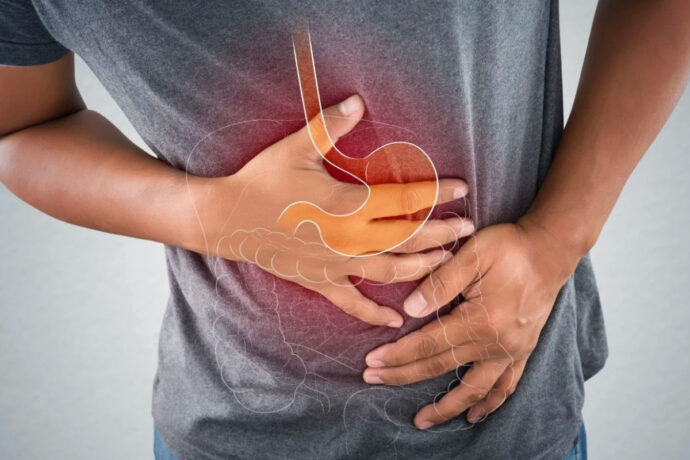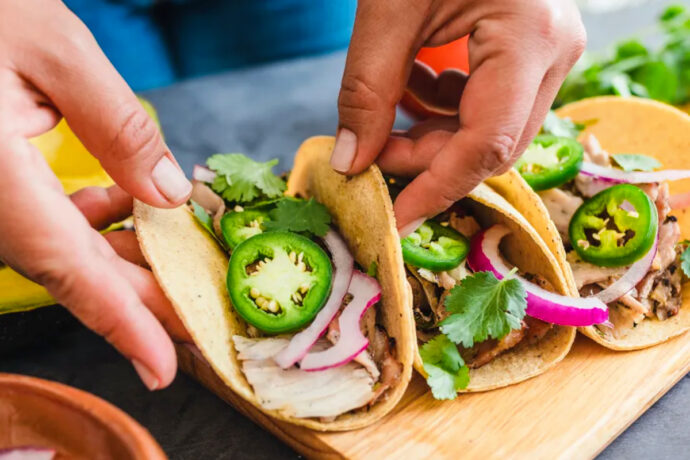
Embarking on the Paleo diet, often referred to as the “caveman” diet, entails a return to the dietary habits of the Paleolithic age, over two million years ago. This ancient-inspired meal plan emphasizes the consumption of lean meats, fish, fresh fruits, and vegetables, steering clear of foods introduced with the advent of farming. Let’s delve into the key aspects of the Paleo diet:
1. The Why Behind Paleo: A Healthier You
Advocates of the Paleo diet argue that it aligns with our evolutionary history, positing that processed foods, a hallmark of modern diets, contribute to various health issues. Embracing a diet reminiscent of our hunter-gatherer ancestors is believed to offer benefits such as increased fiber intake, enhanced immunity, and a reduced risk of diseases like diabetes and obesity.
2. Paleo-Friendly Foods
In the realm of the Paleo diet, fresh meats and fish take center stage, replacing their frozen counterparts. Eggs, avocados, select root vegetables, and coconut oil are permitted, along with small portions of honey. The emphasis lies on organic, local, and “non-GMO” products, including grass-fed beef, nuts, and seeds.
3. Foods to Shun in the Paleo World
Paleo staunchly excludes dairy products, grains, cereals, legumes, beans, peas, peanuts, refined sugar, salt, and processed foods. Heart-healthy whole grains, often touted for their nutritional value, are off-limits in the Paleo domain.
4. A Weight Loss Ally
The Paleo diet has earned its stripes as an effective weight loss strategy. Its emphasis on satiating foods helps curb appetite, facilitating weight loss for adherents.
5. Navigating Challenges in Paleo Territory
a. Commitment to the Cause: Consistency is key in the Paleo journey, requiring individuals to resist the temptations of conventional treats like cakes and whole-grain pizzas.
b. Culinary Self-Sufficiency: The Paleo diet demands a hands-on approach to meal preparation, posing a challenge for those with time constraints. The need to cook every meal can be daunting, especially for those balancing a hectic work schedule.
c. Taste Bud Transformation: Adapting to the distinct flavors of Paleo-approved foods poses a challenge for individuals accustomed to a conventional diet.
d. Pairing with Physical Activity: To expedite weight loss, regular physical activity is recommended at least three times a week.
Embark on the Paleo journey, embracing its challenges and reaping the rewards of a diet rooted in our ancient past.



